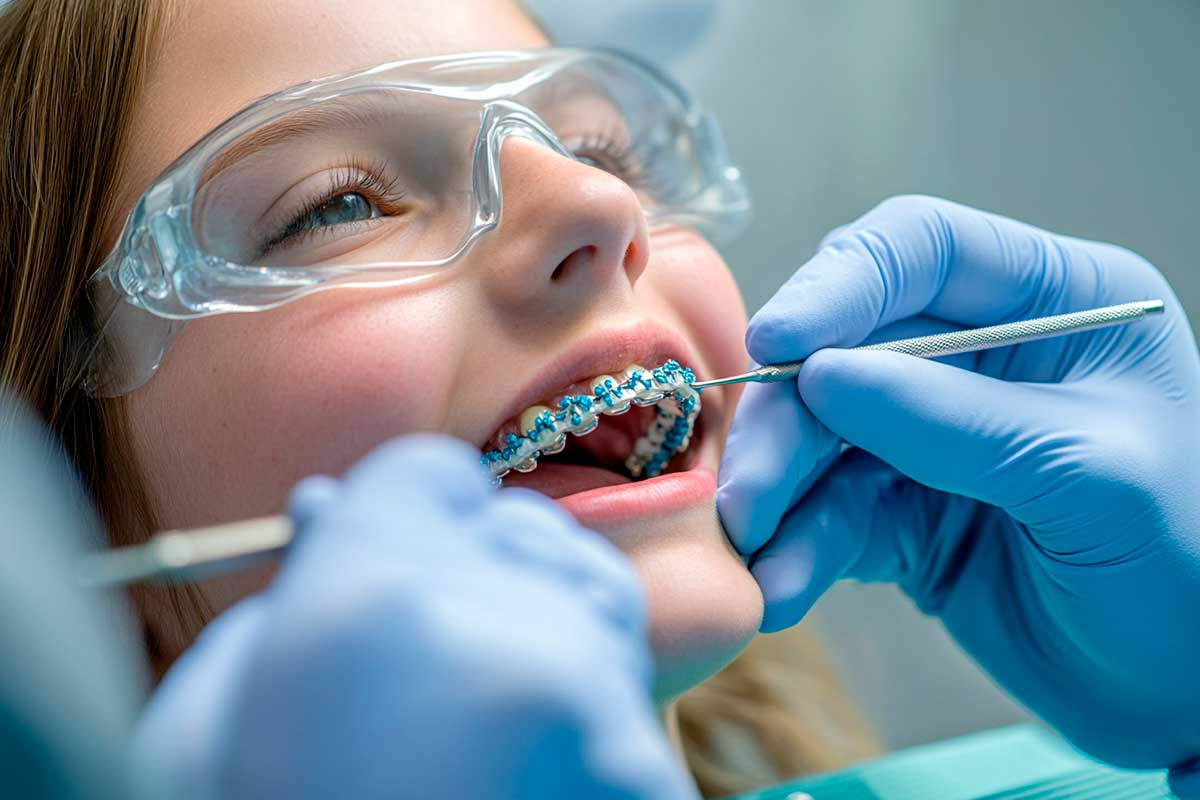
Orthodontist
What Does an Orthodontist Do?
An orthodontist is a dental specialist dedicated to the diagnosis, prevention, and correction of dental and facial irregularities. The main focus of an orthodontist is to align the teeth and jaws, ensuring that the patient has a proper bite and an aesthetically pleasing smile. This professional uses a variety of appliances, such as braces, aligners, and palatal expanders, to correct issues like crooked teeth, crossbite, overbite, and crowding.
Orthodontists are essential for long-term oral health, as alignment problems can lead to more severe complications, such as uneven tooth wear, difficulty chewing, speech issues, and jaw pain. Orthodontic treatment not only improves the aesthetics of the smile but also enhances the functionality of the mouth, contributing to the overall health of the patient.
Specialties in Orthodontics
Orthodontics encompasses various specialties and areas of practice, each focused on specific aspects of teeth alignment and bite correction:
Preventive Orthodontics: Interventions during childhood to guide the proper development of teeth and jaws, preventing more significant issues in the future.
Interceptive Orthodontics: Treatments started in children who already show alignment problems, aiming to prevent these conditions from worsening.
Fixed Orthodontics: Use of fixed appliances, such as braces, to align the teeth of adolescents and adults, correcting bite and spacing issues.
Removable Orthodontics: Application of clear aligners or removable plates that can be taken out by the patient, providing comfort and aesthetics during treatment.
Aesthetic Orthodontics: Use of aesthetic orthodontic appliances, such as porcelain brackets or invisible aligners, which correct teeth discreetly.
Orthodontic Procedures and Treatments
Fixed Orthodontic Appliances
Fixed orthodontic appliances, commonly known as braces, are one of the most common methods for aligning teeth and correcting bite problems. They consist of brackets bonded to the surface of the teeth and connected by metal wires that apply gentle pressure to move the teeth into the desired positions over time. The orthodontist regularly adjusts the braces to ensure that the alignment is progressing as planned.
This type of treatment is suitable for a wide range of issues, including crowding, gaps between teeth, crossbite, overbite, and misaligned teeth. Although the treatment duration varies, most patients wear fixed appliances for 18 to 24 months. After removal, a retainer is usually required to maintain the teeth in their new position.
Removable Orthodontic Appliances
Removable appliances, such as clear aligners (e.g., Invisalign), are a popular option for adults and teenagers seeking a more discreet way to correct their teeth. These appliances are virtually invisible and can be removed during meals or for brushing, offering greater convenience and comfort.
Treatment with removable aligners is highly effective for mild to moderate alignment issues, such as minor spacing or slightly crooked teeth. The orthodontist creates a personalized treatment plan that includes a series of aligners that the patient changes every one or two weeks as the teeth gradually move into the correct position.
Palatal Expanders
Palatal expanders are devices used primarily in children and teenagers to widen the upper jaw, correcting crossbites and creating more space for permanent teeth. This appliance is fixed to the roof of the mouth and gradually pushes the sides of the jaw outward, increasing the width of the dental arch.
Treatment with palatal expanders is usually done before placing fixed braces and can last from a few months to a year, depending on the need for correction. This procedure is important to avoid the need for tooth extractions or surgeries in the future.
Retainers
After the removal of fixed braces or the completion of aligner treatment, it is essential to use retainers to keep the teeth in the position achieved by orthodontic treatment. There are fixed retainers, which are wires bonded to the back of the teeth, and removable retainers that can be taken out by the patient.
Retainers must be worn according to the orthodontist's instructions to prevent the teeth from shifting back to their original position. The duration of use can vary, but follow-up is crucial to ensure that the results of the treatment are long-lasting.
Orthognathic Surgery
Orthognathic surgery is a procedure indicated for severe misalignment of the jaws that cannot be corrected with orthodontic appliances alone. This type of surgery repositions the bones of the jaw and maxilla to improve the bite, chewing function, and facial aesthetics.
Orthodontic treatment is usually combined with orthognathic surgery, starting with the use of braces to align the teeth before surgery and continuing after the procedure to finalize alignment. This integrated approach corrects complex issues and significantly improves the patient's quality of life.
When to See an Orthodontist?
It is recommended to see an orthodontist if you or your child show signs of dental alignment issues, such as crooked teeth, crossbite, excessive spaces between teeth, or difficulty chewing. An early consultation, especially in children, can prevent more serious complications in the future and make treatment easier.
Additionally, if you are dissatisfied with the appearance of your smile or experience discomfort in your jaw, an orthodontist can assess your situation and suggest the best treatment options. Prevention is key, and regular orthodontic evaluations can help detect problems before they become more difficult to treat.
Preventive Orthodontic Care
Preventive orthodontic care begins with good oral hygiene and regular dental visits. Brushing your teeth at least twice a day and using dental floss daily help keep your teeth clean and healthy, preventing plaque buildup and cavities that can complicate orthodontic treatment. Additionally, it is important to avoid harmful habits such as thumb-sucking or prolonged pacifier use, which can cause alignment problems in children's teeth.
Regular visits to the orthodontist, especially during childhood, can identify any growth or development issues early on. This allows for preventive interventions, such as the use of palatal expanders or removable orthodontic appliances, which can minimize the need for more complex treatments in the future.